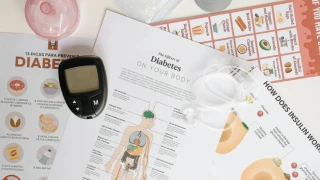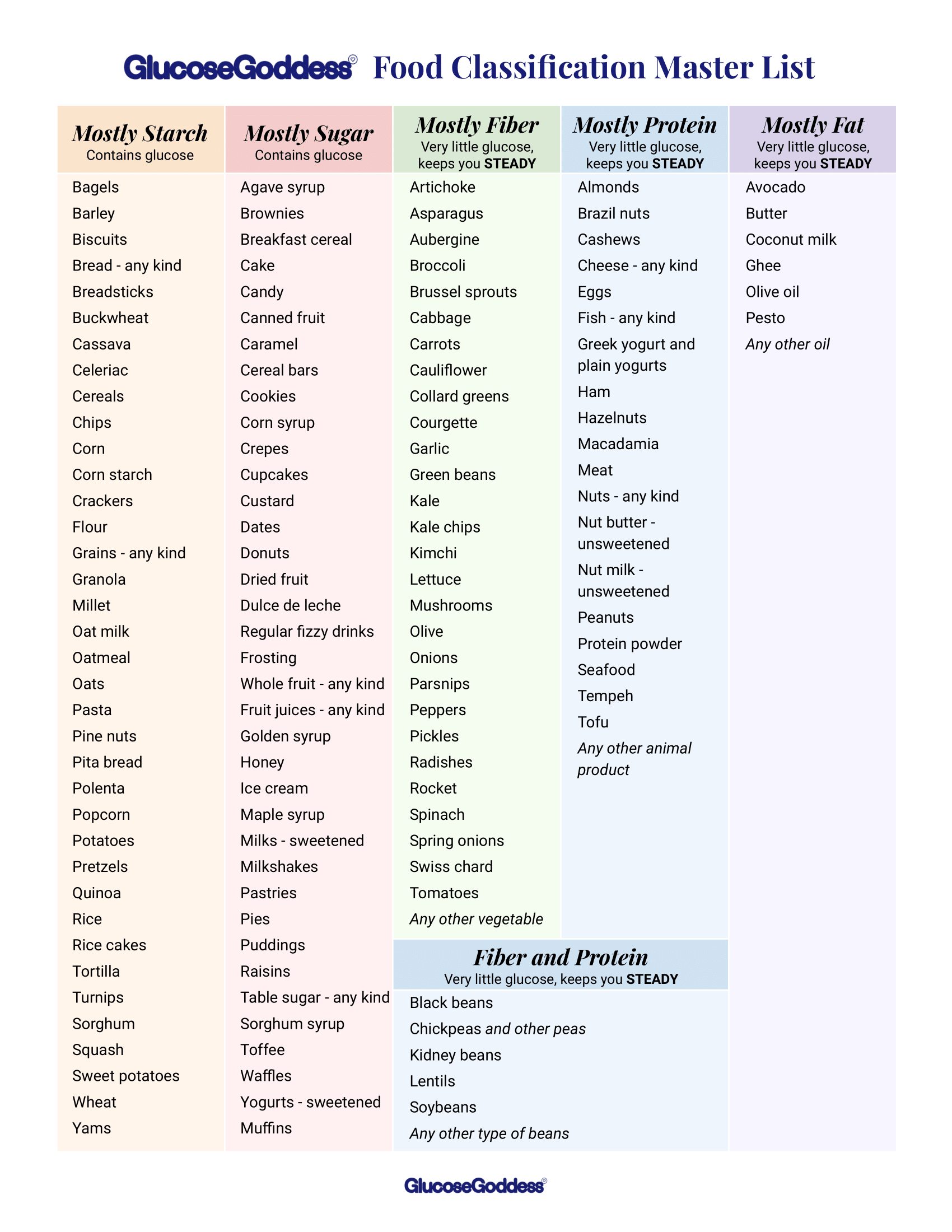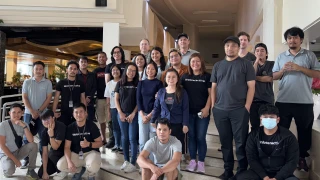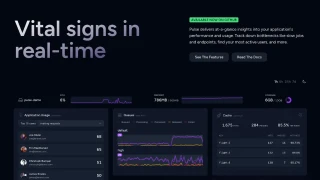- / Contents
- / Taming Sugar Spikes

Taming Sugar Spikes
A video on glucose spikes led me to discover how small changes in eating habits, like adjusting food order, incorporating vinegar, staying active, and avoiding sugary drinks, can reduce blood sugar spikes, improve energy, and promote long-term health.
I’ve always been close with my grandparents, and every time we eat together, they love to say, “Eat all you can, eat what you want—you’re still young!” That phrase stuck with me for years. After all, I was young, active, and relatively healthy. But one day, I stumbled upon a video in my Facebook newsfeed that completely shifted my
perspective.
The video was about something called "glucose spikes" and it caught my attention because the symptoms mentioned sounded familiar—like things I had been experiencing. The speaker explained that glucose spikes are sudden increases in blood sugar levels after eating, and while they are a normal part of digestion, frequent and extreme spikes can cause long-term harm. What grabbed my interest was when the speaker said you can reduce these spikes by up to 75% just by eating your food in the right order. It sounded like magic and made me curious enough to dig deeper. I started researching and came across the concept of “glucose hacks” in the videos of Glucose Revolution. What I discovered was eye-opening: glucose spikes don’t just affect people with diabetes—they happen to everyone. And even if you don’t have diabetes, unchecked glucose spikes can cause problems over time, like pre-diabetes, type 2 diabetes, and even other metabolic issues.
So, what exactly happens to your body during a glucose spike? When you eat something high in carbs or sugar, your body quickly breaks it down into glucose, which enters your bloodstream. This causes a rapid rise in blood sugar levels, triggering your pancreas to release insulin, a hormone that helps your cells absorb glucose for energy or storage. If this happens occasionally, it’s no big deal. But when glucose spikes occur frequently—like when you’re constantly snacking on sugary treats or refined carbs—it puts your body under stress and the effect that I most feared—it promotes glycation.
The excess glucose that isn’t used immediately for energy gets stored as fat, leading to weight gain. Over time, your cells can become less sensitive to insulin, a condition called insulin resistance. This means your body needs to produce even more insulin to manage blood sugar levels, and that’s where the real problems begin. Insulin resistance is a precursor to type 2 diabetes, and it’s linked to other issues like inflammation, hormonal imbalances, and heart disease.
The effects of glucose spikes don’t stop there. They can also lead to a rollercoaster of energy and mood. After the initial spike, your blood sugar often drops sharply,
leaving you feeling fatigued, irritable, and hungry again—this is commonly known as a "sugar crash". These constant highs and lows can drain your energy, disrupt your sleep, and make it hard to concentrate. Over time, this can contribute to chronic fatigue, persistent cravings, and even anxiety.
Learning about this made me reflect on my habits. I’ve experienced some of these symptoms—feeling tired even after a full night’s sleep, sudden hunger pangs despite having just eaten, and cravings for sweets or carbs when I’m stressed. I used to think these were just normal parts of life and because I’m a woman, but now I realize they could be signs of frequent glucose spikes.
The good news is that you don’t have to make huge changes to prevent or manage glucose spikes. Small, simple adjustments can make a big difference. For example, the “food order” hack from that video: eating vegetables first, then proteins and fats, and saving carbs for last. This slows down how quickly glucose enters your bloodstream, which reduces spikes. Another tip I’ve learned is the vinegar hack—one tablespoon of vinegar in a tall glass of water helps reduce glucose spikes in that meal. I’ve also learned that movement is a powerful tool for managing glucose levels. A short walk after meals, even just 10 minutes, can help your muscles use up glucose and prevent spikes. And while it might seem obvious, drinking water instead of sugary drinks—especially on an empty stomach—is another easy way to avoid unnecessary spikes.
This journey into understanding glucose spikes has been a wake-up call for me. I used to think being young meant I didn’t have to worry about what I ate, but now I realize that the habits I build today will shape my health for years to come. It’s not just about avoiding diabetes; it’s about feeling my best every day—having steady energy, better focus, and a body that supports me in everything I want to do.
At the end of the day—You are what you eat :)
Here’s the food classification from Glucose Goddess:














